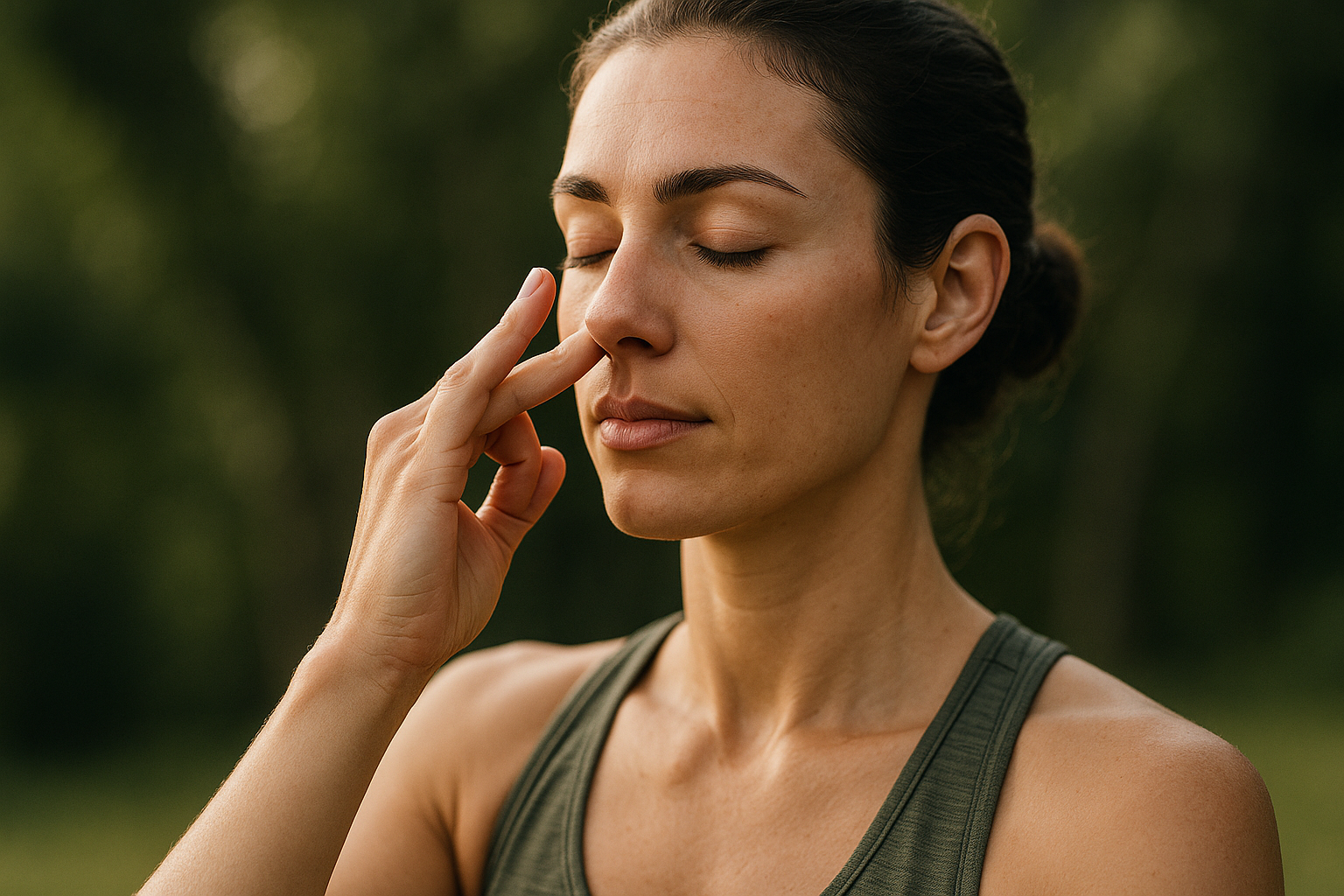Unraveling the Health Perks of Pranayama: Breathing Your Way to Wellness
Do you ever stop to think about your breath? It's the most vital process of life, yet we rarely pay it any attention. But what if focusing on your breath could unlock astonishing health benefits? Welcome to the world of Pranayama, an ancient yogic practice that could be your key to enhanced well-being.

Pranayama: A Historical Perspective
Pranayama, derived from the Sanskrit words ‘Prana’ meaning life force, and ‘Ayama’ meaning control, is an integral part of yoga that focuses on breath control. Its origins date back to the Vedic period in India, around 1500 BCE. The ancient Indian sages realized the link between breath and mind, and developed Pranayama techniques to balance energy, improve health, and attain higher states of consciousness. Over the years, Pranayama has evolved, and modern science has started to recognize its potential health benefits.
The Science Behind Pranayama: Unveiling the Health Benefits
Recent research has highlighted the physiological effects of Pranayama and its potential to improve health outcomes. For instance, a 2018 study published in the International Journal of Yoga found that Pranayama can significantly lower blood pressure, reduce stress, and improve cardiovascular health.
Another study in the Journal of Clinical Psychology suggested that Pranayama could be effective in managing mental health issues like anxiety and depression. It can also improve lung function, enhance cognitive abilities, and boost the immune system.
Exploring Different Pranayama Practices
There are various types of Pranayama, each with unique techniques and benefits. ‘Nadi Shodhana’ or alternate nostril breathing is said to balance the left and right hemispheres of the brain, promoting mental clarity. ‘Kapalabhati’, also known as skull shining breath, is thought to cleanse the body’s energy channels and enhance digestion. ‘Ujjayi’ or victorious breath can help in reducing stress and improving concentration.
The Challenge of Pranayama: Proper Technique is Crucial
While Pranayama offers numerous health benefits, it’s essential to learn and practice the techniques correctly. Incorrect practice can sometimes lead to adverse effects. Therefore, it’s recommended to learn Pranayama under the guidance of a certified yoga instructor.
Breathe Easy: Practical Tips for Pranayama
-
Start with a few minutes of Pranayama daily, gradually increasing the duration.
-
Practice on an empty stomach, ideally early in the morning.
-
Sit in a comfortable position, maintaining a straight spine.
-
Always inhale and exhale through the nose, unless specified otherwise.
-
Do not strain or force your breath. Keep it natural and relaxed.
In conclusion, Pranayama is a potent tool that can offer a myriad of health benefits, from improved cardiovascular health to enhanced mental well-being. Incorporating Pranayama into your daily routine could be a simple yet powerful step towards holistic health and wellness. Remember, the journey of a thousand miles begins with a single breath. So, take a deep breath, and let the transformation begin.





